Modified polymer concrete
Polymer modified concrete can be divided into two categories:
A. Injection Polymer Concrete
B) polymer concrete – cement
The first type is obtained by injection of a kind of monomer in a hardened prefabricated Portland cement concrete, which later becomes a solid polymer. For the production of the second type, a part of the concrete bonding agent cement is prevented by the polymer. Compared with conventional concrete, they have more resistance to frost-melting phenomena. Portland cement-based concrete, although due to its good physical properties and the same price, is lower than the most expensive construction materials, it has many disadvantages, including Low flexural strength, low rupture strain, low glacial damage and low chemical resistance. Specific Rejection These concrete weaknesses can be eliminated by the use of organic or resin polymers as alternatives or with the help of Portland cement.These materials have many advantages, such as: greater resistance, longer durability, more corrosion resistance, There are three main types of composite polymeric materials: a) Injection polymer b) Polymer concrete – Cement c) Polymer concrete
The difference between these three categories is important for the designer engineer to choose the right material for the given user.
A. Injectable polymer concrete is produced by injection of a low viscosity monomer into a hardened prefabricated Portland cement concrete, which is transformed into injected monomers by the influence of physical factors (UV or gamma radiation) or the chemical into a solid polymer be . Injectable polymer concrete from ordinary concrete is produced as follows:
First, they remove the air from the open pores, then saturate the open pores by releasing a low viscosity monomer and polymerizing the monomer or a combination of polymer-monomer, which is performed using conventional and economical methods. they give . The important component of this material is that a large proportion of the cavity volume is filled with polymers that form a continuous reinforcement network. These concrete structures may be interspersed in layers or only in a surface layer, depending on the strength or The durability of the structure requires. The most important factor for the use of these fuels is their relatively high prices, so that the monomer used in them is expensive and the production process is also more complicated than unmodified concrete. The result of concrete injection is a significant improvement in resistance Stretching, compression and impact, increasing durability and reducing water permeability and water soluble solutions such as sulfates and chlorides. The compressive strength of 35 MPa can increase up to 140 MPa, and the absorption of water decreases. Also, the resistance to ice-melting phenomenon is substantially strengthened. It should be noted that we can with the injection of steam in concrete
Monomers that are more widely used in concrete injection are of vinyl type, such as methyl methacylic, acrylonitrile stron and t-butyl styrene donyl acetate. Acrylic monomer systems such as methyl methacrylate and its compounds with acrylonitrile are preferred for injection because they have low viscosity, good moisture properties, high reactivity, relatively low prices, resulting in products with better properties and more efficiency. Was .
If applied, the non-functional monomers are added to the attachment of a cross-link network in the pores, resulting in great mechanical and thermal resistance and chemical resistance. Injectable concrete applications in buildings and construction work including structural ceilings, high performance structures, sewage pipes, seawater reservoirs, desalting plants and distilled water, marine structures, prefabricated panels, wall constructions, tunnels , Prefabricated sections of the tunnel and swimming pool. Injectable concrete is partly used to protect bridges and concrete structures against wear and tear. It is also used to repair boredom of construction structures, such as ceiling panels and underground garage floors and floor bridges.
B) Polymer Concrete – Cement: A modified concrete has been replaced with a part of its binding cement with synthetic polymers. This product is produced by combining a monomer, a polymer-monomer with a polymeric sap into a concrete cement. The polymerization of monomers and of the polymer-monomer is also done by adding a catalyst to the mixture. The process technology is very similar to conventional concrete. Therefore, polymer-cement concrete can be used indoors on demand. Injectable polymer concrete is usually used as prefabricated structures. Properties of polymer concrete – cement produced by concrete modified with various polymers from loose to Totally favorable. The loose properties of products are attributed to the incompatibility between most polymers and monomers with part of their composite component. Better properties are also produced by using perry polymers such as unsaturated cross-linked polyester with styrene or epoxy. In order to achieve a real and substantiated improvement, unreformed concrete requires a very large proportion of polymers, which is not justified by price increases.

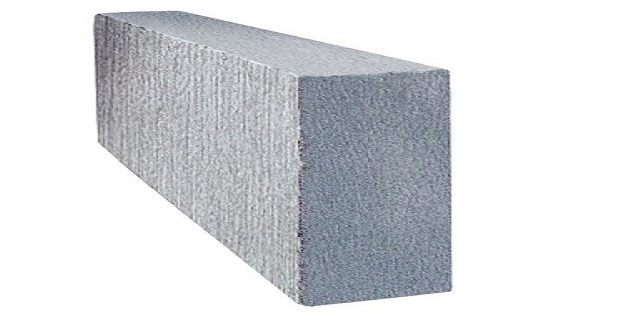
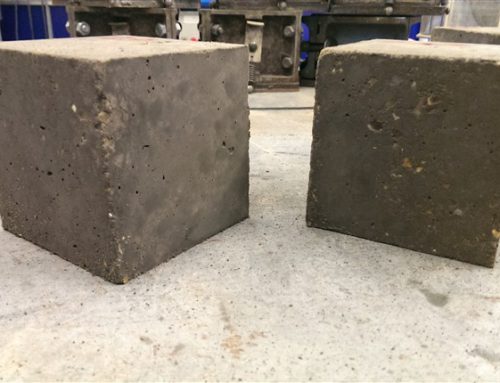
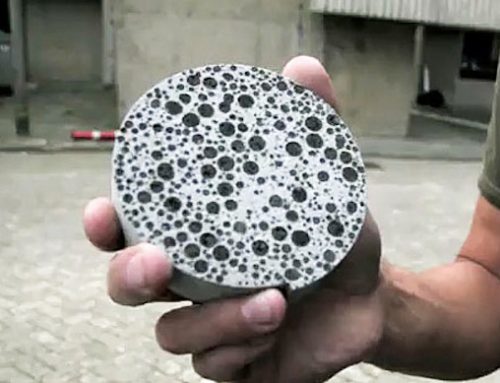
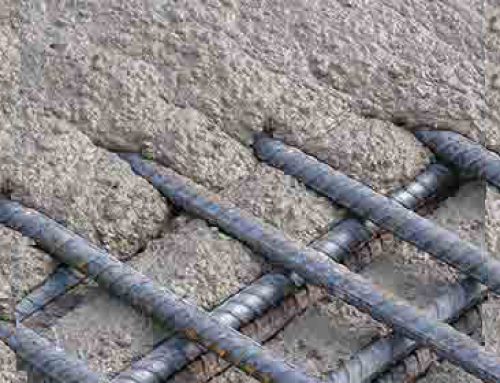
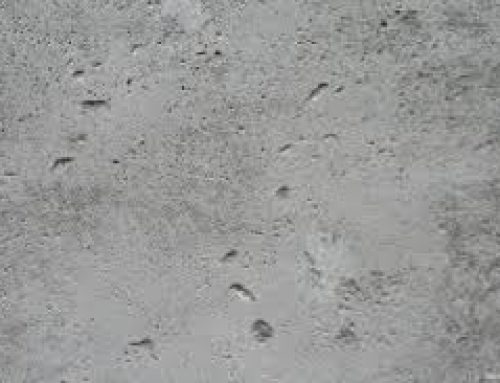

Leave A Comment